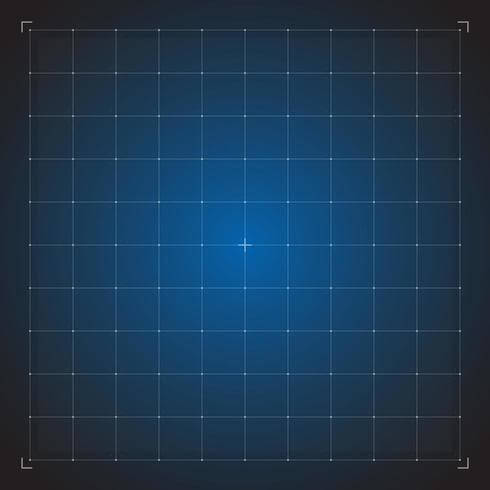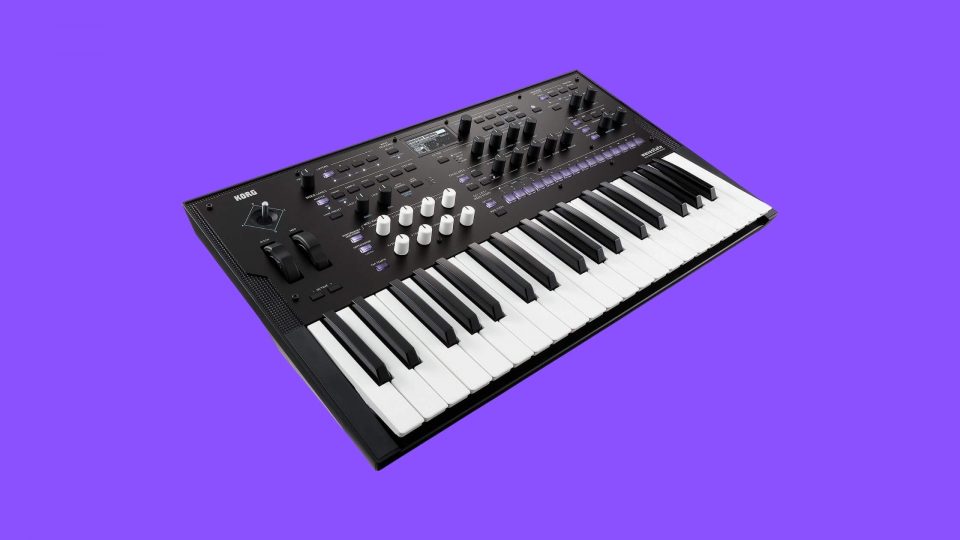Define Synthesis: How Does Vector Synthesis Work?
Define Vector Synthesis
If you’ve been on this journey with us since the start where we discussed how synthesizers work, then you’ve come a long way.
If you haven’t been here before, and aren’t familiar with how sound design fundamentals actually work, we’d really recommend checking out our entire series Define Synthesis.
If you are familiar with how synthesizers work, subtractive, additive, FM & wavetable synthesis methods work – then congratulations! You’re though to the next level… or should I say dimension?
Define Synthesis Series
How Do Synthesizers Work?
How Does Subtractive Synthesis Work?
How Does Additive Synthesis Work?
How Does FM Synthesis Work?
How Does Wavetable Synthesis Work?
How Does Vector Synthesis Work?
How Does AM Synthesis Work?
How Does Modular Synthesis Work?
How Does Granular Synthesis?
How Does Sample Based Synthesis Work?
How Does Spectral Synthesis Work?
How Do Vocoders Work?
What is Vector Synthesis?
Here’s a vector grid.

Now imagine that emphasised + sign in the middle is you.
A different sound is playing on each corner of the grid, and you can hear them all because you’re directly in the middle.
I want you to walk towards the top right corner (B). When you reach the corner, you can only hear the sound that is bellowing from there. As you begin walking to the bottom right corner (D), while staying on the far right of the grid, you begin to hear the sounds from the top right and bottom right both begin to blend timbres and create new sidebands.
This, homie, is how vector synthesis works.
Vector Synthesis Explained
And…… back in the room.
I hope you enjoyed your time in the vector dimension. I’ve heard the internet is pretty great in there! Anyway, back to the point.
In the real world, a joystick controls that emphasised + on a digital vector synth such as the vector synth Prophet VS by Sequential Circuits (10 points for you if you can guess what VS means).
As you began your journey in the very middle, you had a position of A: 25, B: 25, C: 25, D: 25.
When you walked to the top right corner, you had a position of A: 0, B: 100, C: 0, D: 0
Do you catch my drift?
Vector Synthesis Specifics
Controlling the volume of the four sound sources is only one way of creating cool sounds.
You could assign each and any point to other dynamics and synthesizer features. This includes FX, filters, LFO’s & ADSR envelopes!
In a similar technique to FM synthesis where you apply high modulator frequencies to the required operator, we can automate the joystick movement with envelopes.
The Korg Wavestate has a 5 point envelope that controls the joystick with automation. The first point dictates where on the grid the output sound starts. So, it could start where you did at A: 25, B: 25, C: 25, D: 25.

Final Thoughts
Not one of the more complicated methods of synthesis, but definitely a freaking cool one. Am I right?
Next time you’re looking for a synth, we’d recommend the vector synthesis VST Vector Pro.
Jump in & create some funky leads to accent your Mixxed beats!
